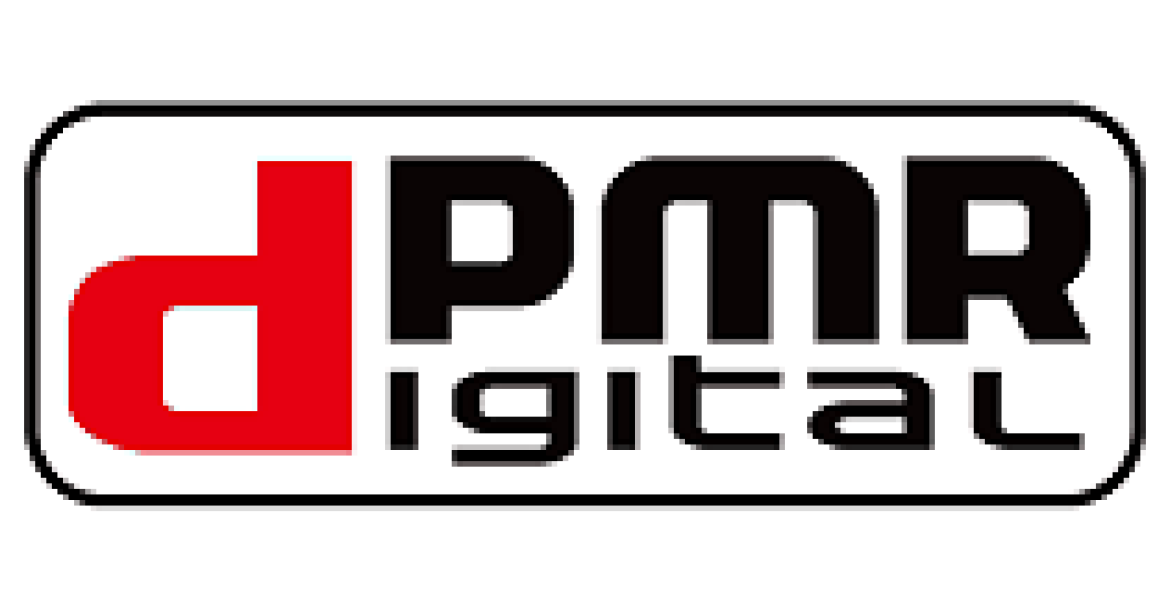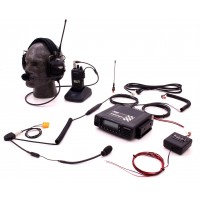Comparison between DMR & dPMR (Nexedge) digital protocols.
To reduce the congestion present in today’s crowded radio spectrum, radio channels must be used more efficiently.
The basic idea is to divide existing radio channels in half, thus doubling the number of channels available.
The term “frequency” which most people are aware of, is actually only a spot centre frequency in the middle of a small band of radio spectrum (a channel).
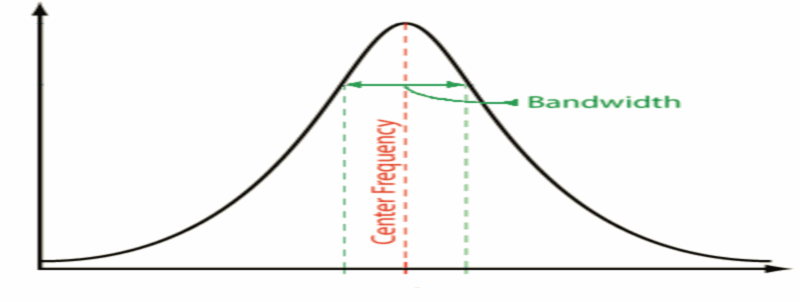
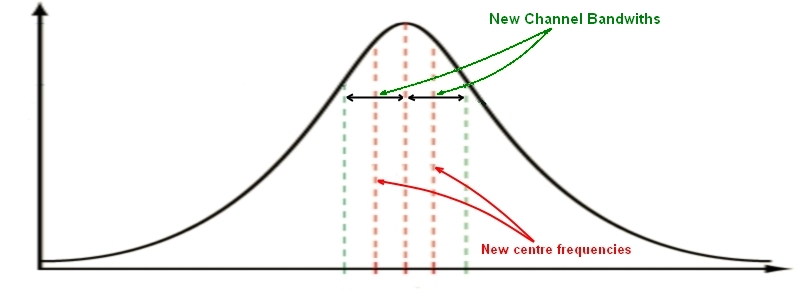
Unfortunately, there came a point when it seemed that this technique could no longer be used.
Many were of the opinion that the physical limits of analogue filtering technology had reached a plateau and was not capable of narrower channel widths.
Some manufacturers, however, were of the opinion that a combination of digital and traditional analogue techniques made physical channel division a viable proposition.
So, there have been effectively two technologies researched and developed alongside each other. DMR and dPMR (Nexedge)
The DMR standard relies on TDMA (Time Division) techniques, which relies on creating two 2 “virtual” channels within a single existing channel by transmitting information in “time slots”. DMR is used mainly by Motorola and Hytera as well as many more manufacturers.
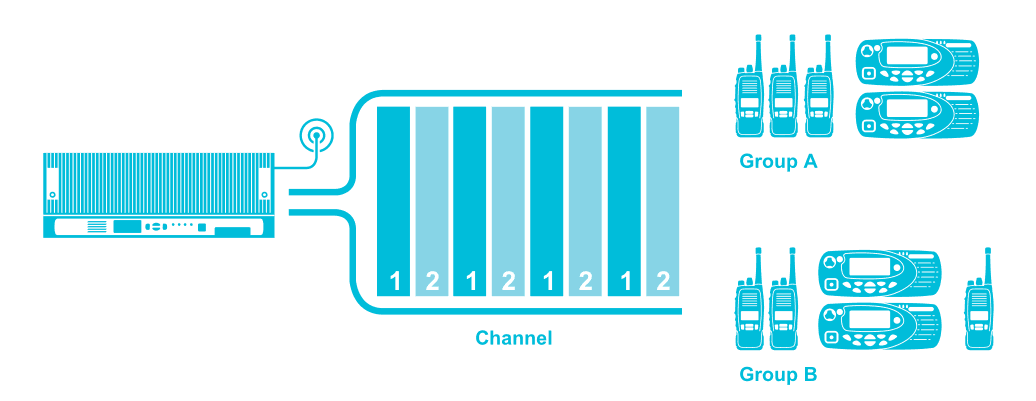
DMR SYSTEM USING TIME SLOTS. 2 signals can be relayed by a single repeater

dPMR (Nexedge) SYSTEM USING VERY NARROM CHANNELS. 2 repeaters required.
The dPMR standard which relies on FDMA (Frequency Division) techniques, this works by physically dividing an existing channel into 2 very narrow channel. dPMR is also known as Nexedge and is used mainly by Icom and Kenwood.
dPMR (Nexedge is used extensively in high end Motorsport applications as it performs well in very high noise, the very narrow channels also rejects a significant levels of onboard interference generated by racing cars. This technology requires 1 repeater for each radio channel used.
DMR has the big advantage of a single repeater handling 2 virtual channels at the same time, therefore simplifying repeater installation for multi car teams. this can also reduce the repeater and antenna system costs.

